The art of outdoor lighting is not just about the strategic placement and appearance; a fascinating blend of science and aesthetics underpins it. At the heart of this blend lies the concept of color temperature, a key element that greatly influences the outcome of any outdoor lighting setup. Color temperature refers to the hue of light emitted by a bulb, ranging from cool, bluish tones to warm, yellowish hues. This scale, measured in Kelvin, is crucial in selecting the right lighting to highlight your home's best features and enhance its natural beauty.
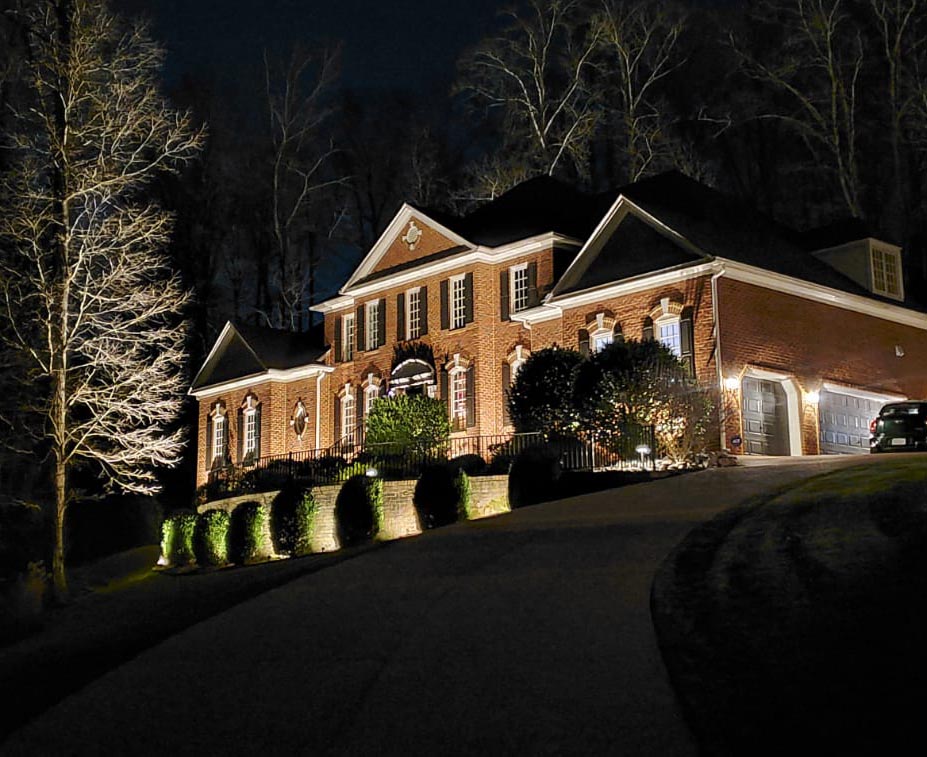
In this blog, we delve into the intricacies of the Kelvin scale and explore various strategies employed by the experts at Outdoor Lighting Perspectives to use light masterfully. Understanding color temperature is vital in crafting an outdoor lighting design that illuminates and transforms your space. Contact us today for a complimentary design consultation and discover how to elevate your home’s outdoor lighting to the next level.
Understanding Color Temperature in Lighting
Color temperature in lighting is a crucial concept that describes the hue of light emitted by a bulb, ranging across a spectrum from warm to cool. It’s measured in Kelvin (K), and this scale is pivotal in selecting the right lighting to enhance your home’s exterior design. Color temperature varies from warm, yellowish tones (lower Kelvin numbers) to cool, bluish tones (higher Kelvin numbers). The Kelvin scale typically ranges from 1000K, indicating a very warm light, up to 10,000K, representing a cool, almost daylight-like hue.
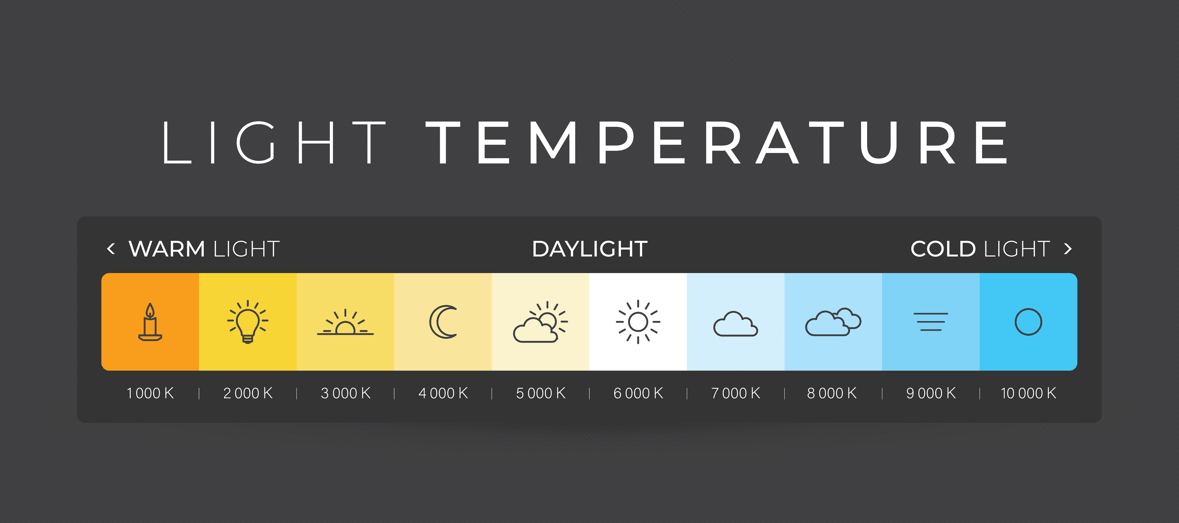
This concept plays a significant role in defining the atmosphere and visibility of your outdoor spaces, profoundly affecting the overall ambiance of your property’s lush landscape. Utilizing the Kelvin scale effectively allows for precise lighting customization to highlight your home’s best features. A professional approach in manipulating color temperature can transform your outdoor areas, turning them into inviting, well-lit spaces that complement the aesthetics of your home. Understanding and applying color temperature knowledge ensures that your lighting serves its functional purpose and contributes to creating an appealing and welcoming environment.
The Evolution of LED Color Variance
The journey of LED (Light Emitting Diode) lighting technology over the years is a remarkable tale of innovation, particularly regarding color variance. Initially, LEDs were primarily associated with a cool, bluish hue that, while efficient, did not always complement the warmth and aesthetics desired in residential and commercial spaces. This early limitation in color variance was due to the initial capabilities of LED technology, which were more focused on energy efficiency and longevity than color accuracy.
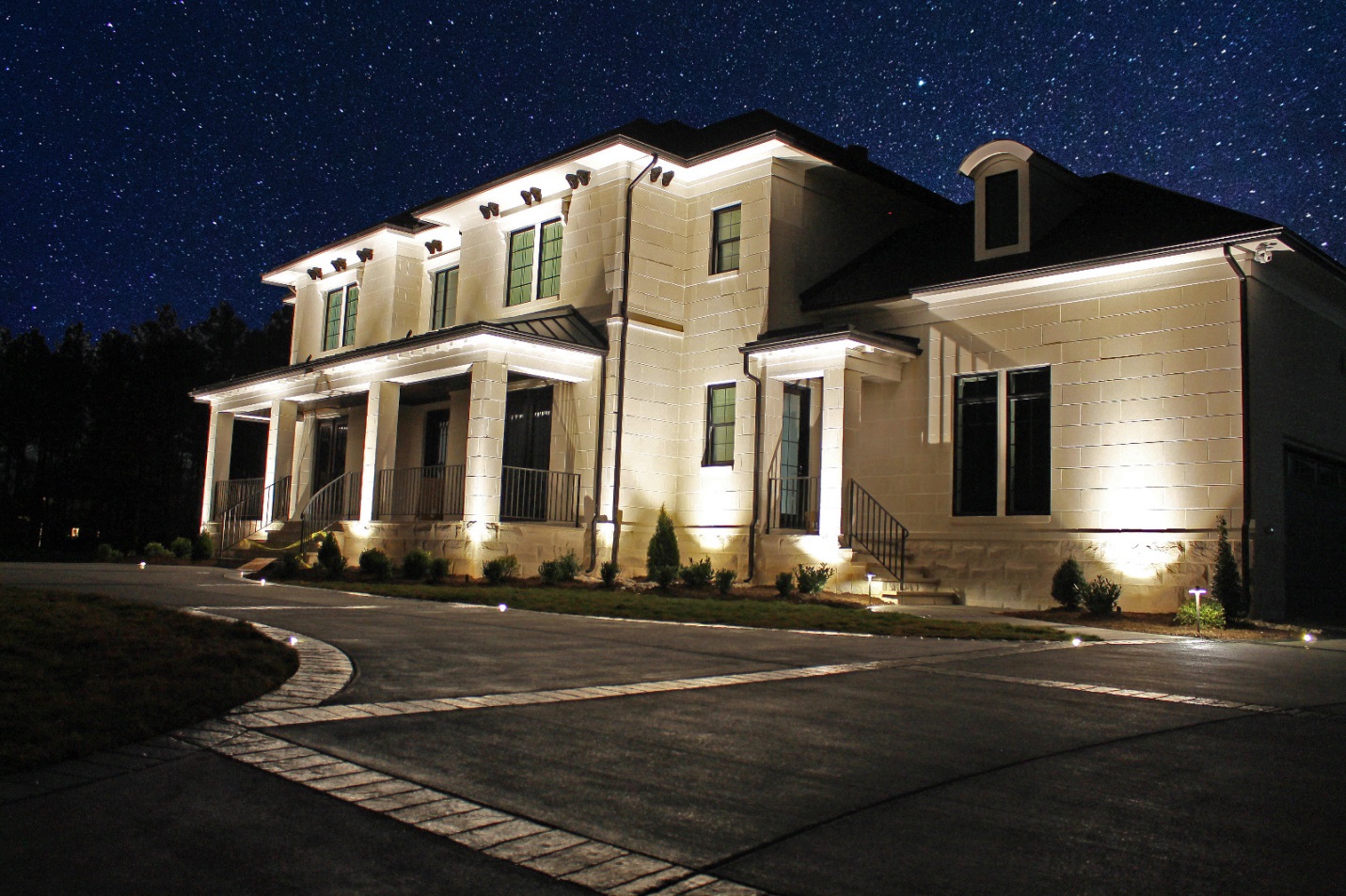
However, advancements in LED technology have significantly broadened the spectrum of available colors. Modern LEDs have overcome the challenge of limited color options and now offer a wide range of hues, including the more desirable warm white and cool white tones. This evolution was driven by the development of new materials and manufacturing techniques, allowing LEDs to produce a variety of colors across the Kelvin scale without sacrificing energy efficiency or lifespan.
This breakthrough in LED color variance has revolutionized lighting design, offering unparalleled flexibility in tailoring lighting to specific environmental needs and personal preferences. Whether it's enhancing the architectural features of a building or setting the mood in a landscape, the modern LED allows for creative and functional lighting solutions that align with the desired aesthetic and functional requirements.
Indoor vs. Outdoor Lighting: Differing Color Temperature Needs
When it comes to lighting, the requirements for indoor and outdoor spaces are distinct, particularly in terms of color temperature. Achieving the right balance between visibility and aesthetics is key, especially for outdoor settings. Outdoor lighting often benefits from a mix of warm and cool tones, depending on the space's intended use and desired ambiance.
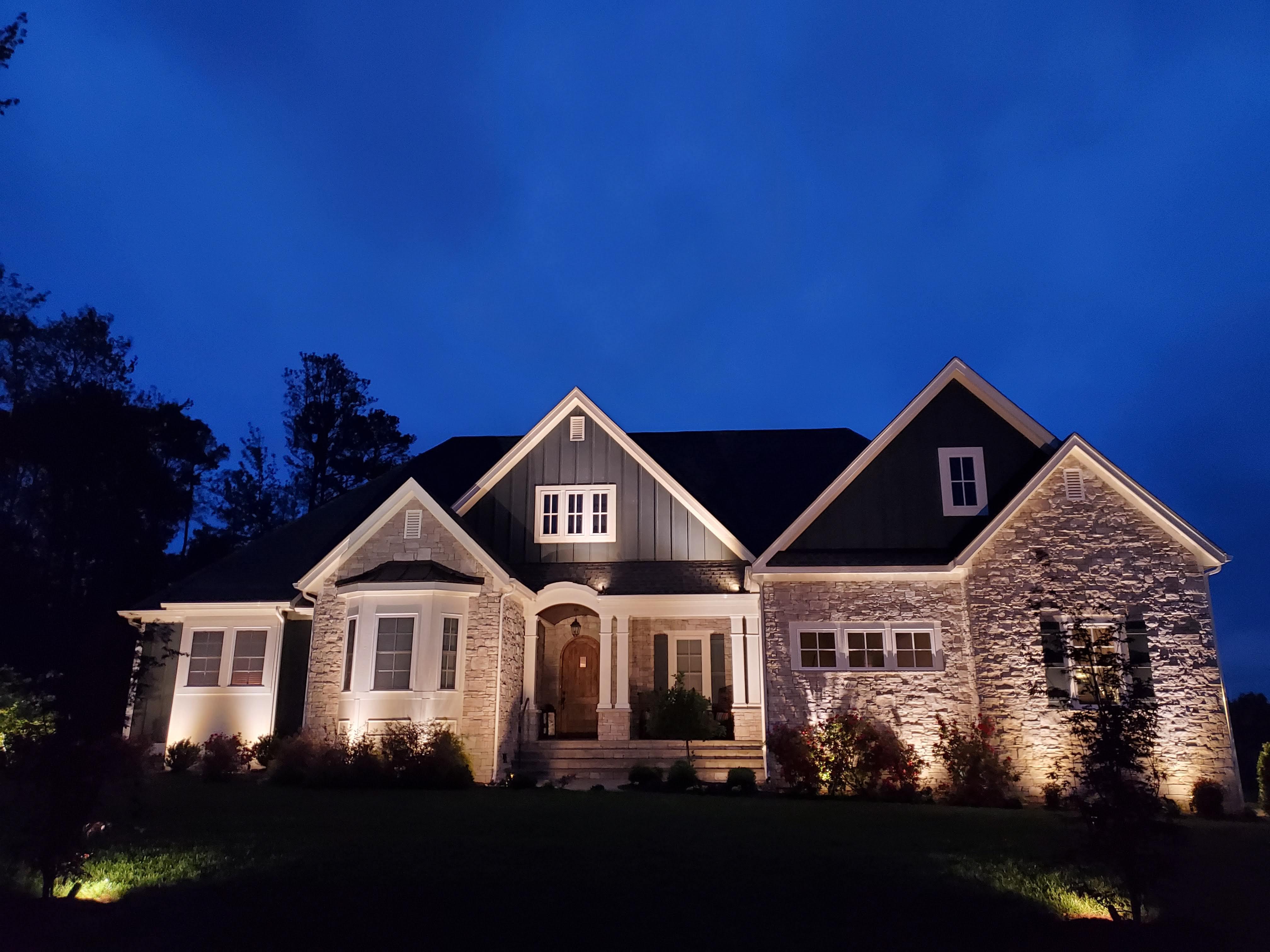
For homeowners looking for flexibility, our premium services offer the capability to adjust the Kelvin scale at the touch of a button through a smartphone app. This feature allows you to shift between cooler and warmer tones based on your needs or occasions. Cooler tones, typically above 4000K, enhance visibility in your yard after dark, making them ideal for areas where clear sight is essential. They provide a bright, vibrant light similar to natural daylight. Conversely, warm white LEDs, usually in the range of 2700K to 3000K, produce a cozy, yellowish glow reminiscent of traditional incandescent bulbs. This warmth creates intimate and inviting spaces, drawing people in and fostering a sense of closeness and relaxation.
With the expertise of Outdoor Lighting Perspectives, you can achieve a harmonious blend of these lighting techniques. Our approach allows for strategic planning of your outdoor spaces, ensuring that each area is lit in a way that enhances both its functionality and aesthetic appeal. Whether it's a lively family gathering or a tranquil evening alone, the right mix of warm and cool lighting can set the perfect tone for your outdoor experiences. Download our design guide to start planning your dream nightscape.
Choosing the Best Color Temperature for Outdoor Lighting
Selecting the optimal color temperature for your outdoor lighting depends largely on each space's intended purpose and desired ambiance. With its low Kelvin value, warm light creates an inviting and cozy atmosphere, ideal for areas like back decks, gardens, or front porches. In contrast, cool light, characterized by higher Kelvin values, is crucial for enhancing visibility and security, making it a suitable choice for outdoor sports areas, poolside, pathways, and stairways.
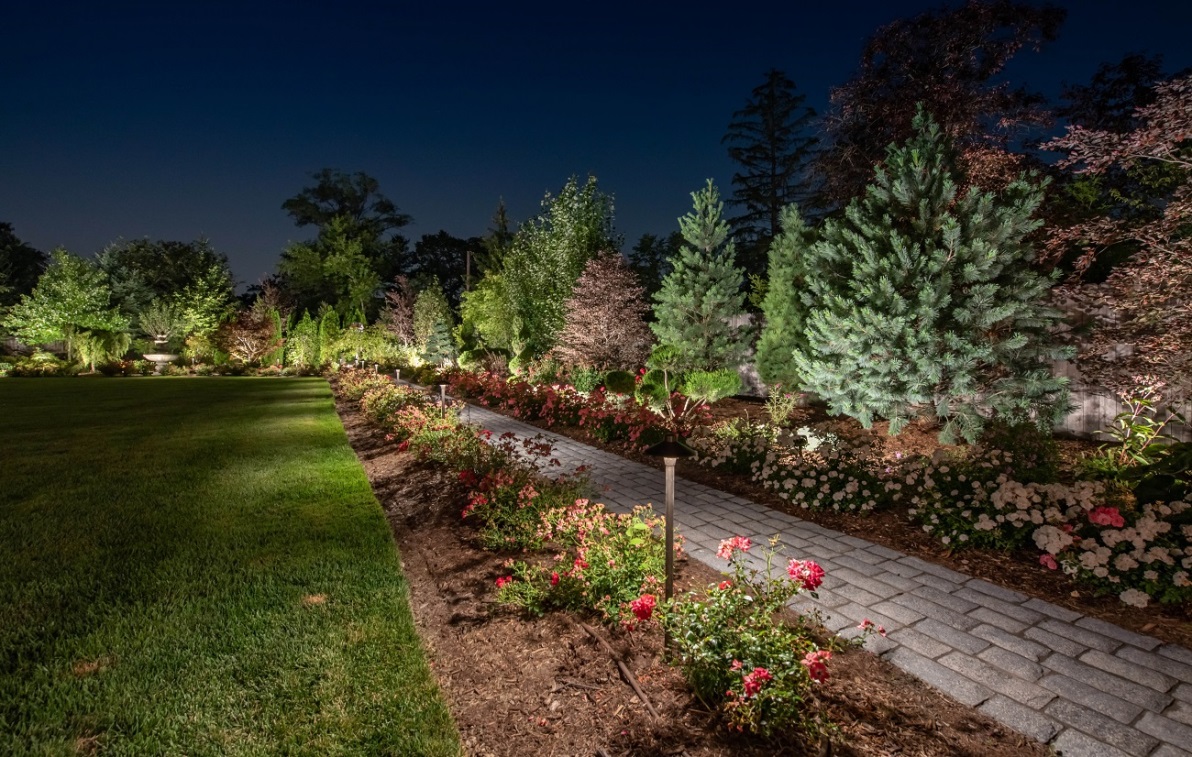
Neutral light, falling from about 3000 to 4500 Kelvin, strikes a balance between warmth and coolness, offering excellent visibility while maintaining an aesthetically pleasing environment. This balanced approach is often preferred for most homes, as it perfectly combines functionality and beauty, catering to both practical needs and aesthetic preferences. The right color temperature can dramatically influence the mood and feel of your outdoor spaces. While cool light ensures safety and visibility, warm light fosters a sense of comfort and relaxation. Together, we can transform your outdoor areas into safe, functional, and beautiful extensions of your home.
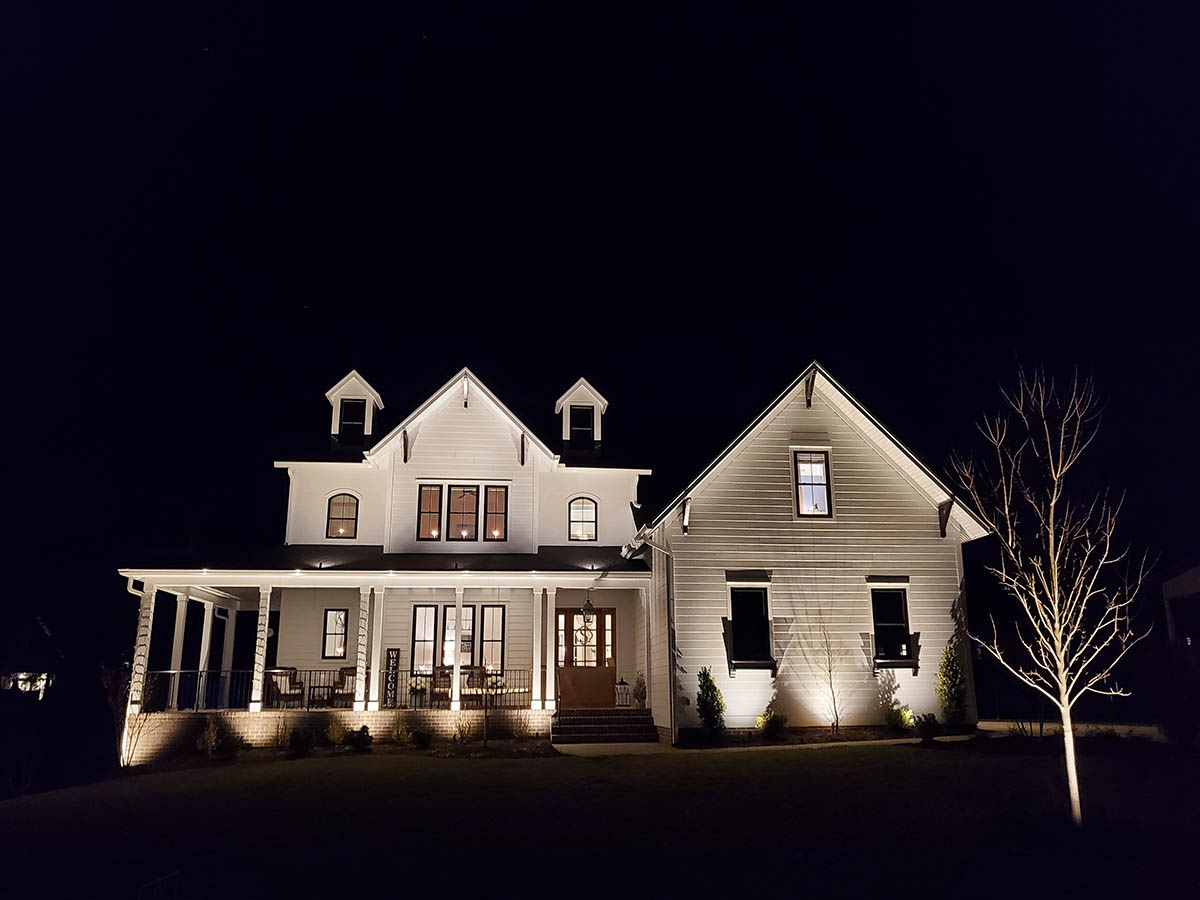

For expert guidance in selecting and implementing the ideal color temperature for your outdoor lighting needs, contact Outdoor Lighting Perspectives. Let us help you enhance the beauty and functionality of your home with premium outdoor lighting solutions tailored to your unique style and preferences.